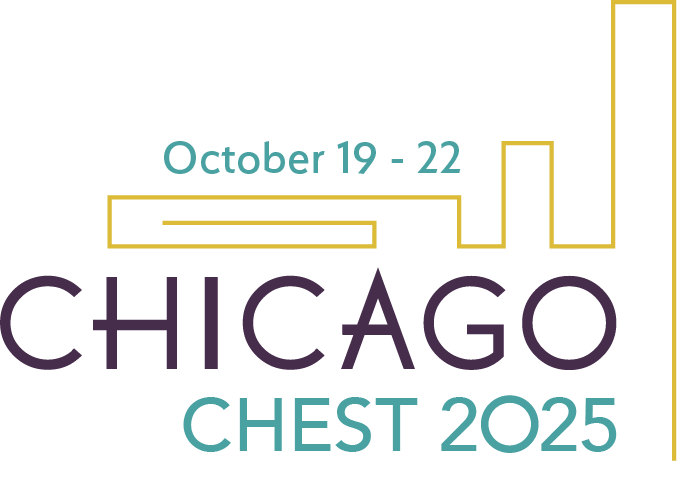
On January 15, the US Food and Drug Administration (FDA) published its first-ever proposed rule to limit nicotine content in tobacco products. The proposed nicotine limit of 0.70 mg/g of tobacco is intended to render cigarettes and most other combustible tobacco products incapable of inducing or maintaining addiction. If the rule is finalized, tobacco manufacturers would have two years to comply with the new nicotine limit.
“Clinical studies have shown that people who exclusively have access to these low-nicotine cigarettes slowly reduce tobacco consumption,” said Sven-Eric Jordt, PhD, Associate Professor in Anesthesia, Pharmacology, and Cancer Biology at Duke University School of Medicine. “This [proposed rule] is based on scientific findings.”
There are currently no limits on nicotine content in cigarettes or any other form of tobacco sold in the United States. According to the FDA, the average nicotine content in the top 100 US cigarette brands in 2017 was 17.2 mg/g of total tobacco. The agency first announced its intention to propose limits on nicotine content in cigarettes in 2018.
“Cigarettes are the only legal consumer product that, when used as intended, will kill half of all long-term users,” said Scott Gottlieb, MD, who was FDA Commissioner when the proposal was released. “Approximately 5 million additional [adults who smoke] could quit smoking within one year of implementation. Smoking rates could drop from the current 15% to as low as 1.4%.”
The agency reported that despite declines in tobacco use in recent decades, tobacco use—largely cigarette smoking—still kills more than 480,000 Americans annually and costs nearly $300 billion in direct health care and lost productivity each year.
The 0.70 mg/g nicotine limit would apply to combustible tobacco products, cigarettes, cigarette tobacco, roll-your-own tobacco, most cigars and cigarillos, and pipe tobacco sold in the United States.
The limit would not apply to premium cigars, noncombustible cigarettes such as e-cigarettes and other electronic nicotine delivery systems, oral tobacco, or water pipe tobacco.
The proposed rule says that cigarette manufacturers have long designed cigarettes to precisely control nicotine delivery and provide nicotine doses to create and sustain addiction. The new maximum limit is intended to produce cigarettes and other tobacco products that can no longer create or sustain nicotine addiction in those who smoke cigarettes and other covered tobacco products.
At least one low-nicotine cigarette brand, VLN, is currently available in the United States.
“There is evidence from tightly controlled studies that this could work,” Dr. Jordt said. “There has been concern that people would try to compensate and smoke more to get their usual levels of nicotine, [but, in studies,] that only happened very early on. People went back to smoking their regular number of cigarettes and eventually tapered down their smoking.”
There is also the ethical question of whether respiratory medical groups should, or even could, support any form of smoking regardless of the nicotine content. Low-nicotine products may not trigger or sustain nicotine addiction, but the smoke is not harmless.
“Many of the carcinogens in tobacco are derived from nicotine,” Dr. Jordt said. “However, when you burn organic matter, you still get all these highly toxic combustion products other than nicotine that you inhale. As a chest physician, you need to consider if you can support people using these highly toxic products.”
Indeed, the proposed rule addresses nicotine but not the other toxic compounds produced during tobacco combustion. There is no evidence that inhaling smoke containing nonaddictive levels of nicotine carries a lower risk of cardiopulmonary and other complications of tobacco use.
The medical community has been slow to react to the proposed nicotine limit, but that is likely to change. The FDA is actively seeking comment on the proposed rule, Dr. Jordt said, and typically gives greater weight to comments from individual medical practitioners and medical organizations. The proposed rule is open for public comment until September 15, 2025.
